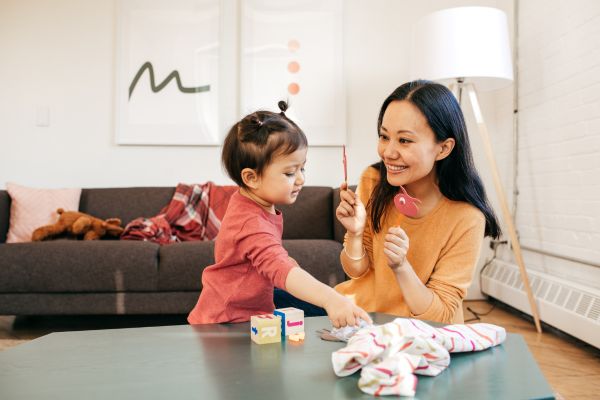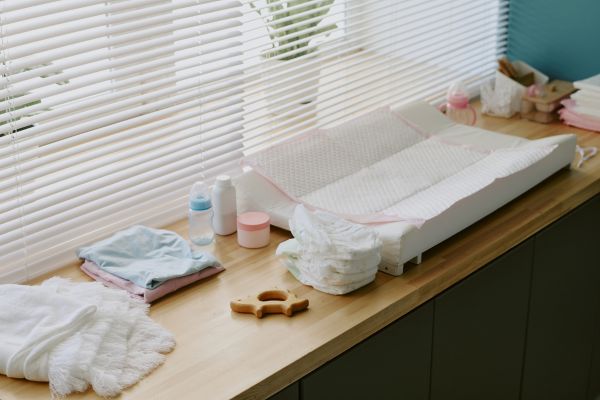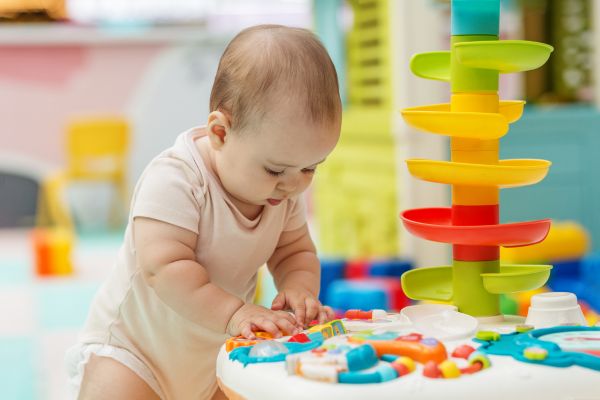When you’re expecting, one of the most exciting (and slightly overwhelming) decisions is choosing the right baby crib for your little one. A crib is more than just a place for your baby to sleep—it’s a safe haven where they’ll spend many of their early months. With so many styles, features, and safety considerations, how do you pick the perfect crib? This guide is here to help you navigate the world of baby cribs and make an informed decision that ensures both comfort and safety for your precious bundle of joy.
What is a Baby Crib?
A baby crib is a specially designed bed for infants and toddlers. It typically has high, slatted sides to keep your baby safe while they sleep or play. Baby cribs are essential because they provide a secure and enclosed space that prevents your child from rolling or falling out. With various designs available, from simple, budget-friendly cribs to luxurious models with convertible features, there’s a crib for every need and style.
Why a Baby Crib is a Must-Have for New Parents
As much as we’d all love to hold our babies 24/7, they need a designated space to sleep independently. A crib ensures that your baby has their own spot, promoting healthy sleep patterns and giving you peace of mind. You’ll find that cribs are a much safer option than co-sleeping or using other makeshift sleeping arrangements. Plus, many baby cribs are designed to grow with your child, making them a long-term investment.
Key Considerations When Choosing a Baby Crib
When it comes to buying a baby crib, there’s a lot to consider. But don’t worry, we’ve broken down the key factors so you can make an informed choice without the stress.
1. Safety Standards
First things first, safety should always be your top priority. Make sure the crib you’re eyeing meets modern safety standards, like those set by the Consumer Product Safety Commission (CPSC). These standards ensure that the crib slats are spaced correctly, the mattress fits snugly, and there are no drop-side mechanisms that could pose a hazard.
2. Size and Space
Consider the size of the room where you’ll be placing the crib. If you’re short on space, you might want to opt for a mini crib or one that has storage underneath. Always measure your space beforehand to ensure the crib fits without crowding the room.
3. Convertible Options
Some cribs are designed to grow with your child. Convertible cribs can be transformed into toddler beds, daybeds, and even full-size beds as your child grows. While they can be more expensive upfront, they save you money in the long run since you won’t need to buy a new bed as your baby gets older.
4. Mattress Adjustability
Many cribs offer adjustable mattress heights. This feature allows you to raise the mattress when your baby is younger and lower it as they start to stand. It’s a great safety feature, ensuring your little one can’t climb out when they become more active.
5. Materials and Durability
You’ll want a crib made from sturdy, non-toxic materials, especially if your little one likes to chew on the rails (which they probably will!). Solid wood cribs are popular because of their durability, but make sure to look for finishes that are free from harmful chemicals.
6. Aesthetics
While safety and function are critical, let’s not forget about style! Whether you’re going for a modern, classic, or rustic nursery, there’s a crib to match your theme. Just remember that your baby’s crib will likely be the centerpiece of the room, so pick something you’ll love looking at for the next few years.
Types of Baby Cribs
Now that you know what to look for, let’s talk about the different types of baby cribs available on the market.
1. Standard Crib
The traditional choice, standard cribs offer a solid, straightforward design. These cribs are typically full-size and provide a safe, sturdy place for your baby to sleep. They don’t come with any frills, but if you’re looking for simplicity, this is the way to go.
2. Convertible Crib
As mentioned earlier, convertible cribs can grow with your baby. Starting as a crib, many models can transform into toddler beds, daybeds, and even full-sized beds. While they cost a bit more upfront, the long-term savings make them a smart choice.
3. Mini Crib
Perfect for small spaces or temporary sleeping arrangements, mini cribs offer a compact version of the standard crib. They’re great for parents living in apartments or for use as a secondary crib in a different part of the house.
4. Portable Crib
A portable crib is perfect for parents who travel or need flexibility. These cribs can be easily moved from room to room and some can even fold up for easy storage. They’re lightweight but sturdy enough to keep your baby safe and comfortable.
5. Crib with Attached Changing Table
These cribs combine sleep and changing needs into one piece of furniture. The attached changing table makes diaper duty easier and often includes drawers or shelves for storage, saving space and keeping everything you need in one place.
Baby Crib Safety Tips
Ensuring that your baby’s crib is safe is one of the most important things you can do as a parent. Here are some critical safety tips to keep in mind:
- Follow Assembly Instructions: Always follow the manufacturer’s instructions when assembling the crib. Improper assembly can lead to safety hazards.
- Use a Firm Mattress: Ensure the crib mattress is firm and fits snugly. A gap between the mattress and the crib’s sides can pose a suffocation risk.
- No Loose Bedding: Keep the crib free from loose blankets, pillows, and stuffed toys. These items can increase the risk of suffocation.
- Position Away from Windows: Place the crib away from windows, blinds, and cords to avoid potential strangulation hazards.
- Regularly Check for Recalls: Stay updated on crib recalls to ensure that your baby’s crib remains safe.
FAQs about Baby Cribs
Q: How long can my baby use a crib?
A: Most babies transition from a crib to a toddler bed between 18 months and 3 years. Convertible cribs allow for more extended use as they can turn into bigger beds.
Q: Is it safe to use a second-hand crib?
A: It can be, but make sure the crib meets current safety standards. Avoid using older cribs with drop-side mechanisms, and inspect it thoroughly for any damage or missing parts.
Q: Can I use a crib bumper?
A: Crib bumpers are not recommended due to the risk of suffocation or strangulation. It’s safer to keep the crib free of these items.
Q: What’s the best crib for small spaces?
A: A mini crib or a portable crib is ideal for smaller nurseries or apartments, as they take up less room but still offer safety and comfort.
Conclusion
Choosing the right baby crib is an essential decision for new parents. With so many options on the market, finding one that suits your space, style, and safety needs is crucial. Whether you opt for a standard crib or a convertible model, the key is to prioritize safety and functionality. A well-chosen crib can last for years, providing a comfortable, secure place for your baby to rest, grow, and thrive.
Authoritative Links
- https://www.cpsc.gov/Safety-Education/Safety-Guides/Kids-and-Babies
- https://www.aap.org/en-us/about-the-aap/aap-press-room/pages/Recommendations-for-a-Safe-Sleep-Environment.aspx
- https://www.parents.com/baby/sleep/safety/the-safest-sleeping-places-for-your-baby/



